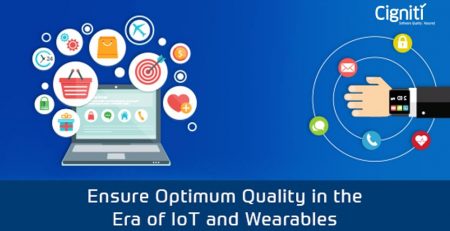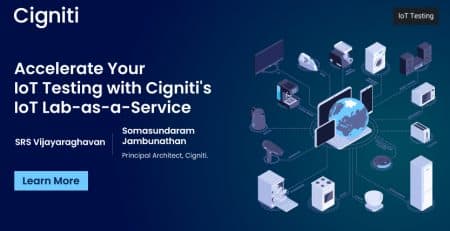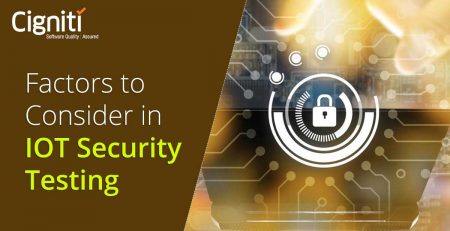The Need for Testing the Internet of Things
Kevin Ashton, co-founder of the Auto-ID Center at MIT, which created a global standard system for RFID and other sensors, coined the phrase “Internet of Things” in 1999. IoT encompasses a world where living and inanimate things are connected wirelessly and serve the purpose of machine-to-machine communication.
“The IoT demands an extensive range of new technologies and skills that many organizations have yet to master,” said Nick Jones, vice president and distinguished analyst at Gartner. “A recurring theme in the IoT space is the immaturity of technologies and services and of the vendors providing them. Architecting for this immaturity and managing the risk it creates will be a key challenge for organizations exploiting the IoT. In many technology areas, lack of skills will also pose significant challenges.”
The above statement very clearly lays down the need, an importance of testing all things IoT. It is obvious that while IoT will have a strong, positive impact on making our lives easier, on the flip side, it will need the organizations providing such services pay a lot more attention to security, risk, designing, and the basic architecture of their products.
With the recent focus on IoT-enabled devices, there’s a huge surge in the products related to household, healthcare, utilities, cars, etc. on a Year-on-year basis. Additionally, enterprises the world over are also rapidly migrating, developing, or rolling out newer IoT-enabled products into the market.
As listed very accurately in a PR by Gartner, following will be the business-critical areas that most organizations will need to pay a very strong attention to in the coming years:
- IoT Security
- IoT Analytics
- IoT Device (Thing) Management
- Low-Power, Short-Range IoT Networks
- Low-Power, Wide-Area Networks
- IoT Processors
- IoT Operating Systems
- Event Stream Processing
- IoT Platforms
- IoT Standards and Ecosystems
Testing software and systems for IoT also involves physical, sensory and emotional interactions because today’s digital devices not only work based on keystrokes, but also respond to our touch, motion, and voice. This makes “Human Experience” testing also a very crucial part of testing IoT.
Testing IoT also will need to involve testing all possible devices for all possible permutations and combinations of OSs and software supported. Emulators and simulators will need to be used in a large scale to test all such products end-to-end. This will require making the use of all-encompassing Test Labs.
Internet of Things, thus, is all pervading. Each and every aspect related to the production of an IoT product needs to be thoroughly tested and verified before being launched for public consumption. Not doing so can lead to severe and serious repercussions.
In order to master and implement IoT, organizations need to work closely with mature vendors to overcome key hurdles. Testing IoT in addressing data management, security and privacy concerns helps in offering trusted products. Cigniti experts provide in-depth skills to identify potential bugs and failures avoiding disastrous failure of products. Testing often and testing continuously will prove to be a crucial factor in identifying and fixing the discrepancies of the IoT products.
Cigniti Technologies has a decade of expertise as an independent testing services provider. Contact Cigniti’s team of testing experts for your testing requirements.





Leave a Reply